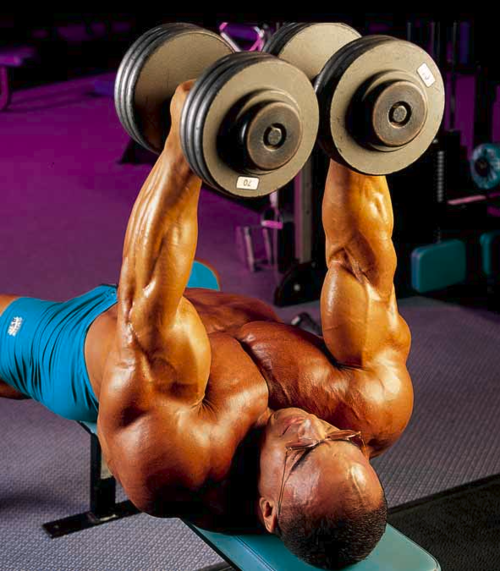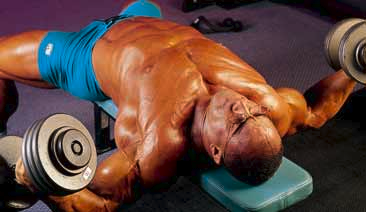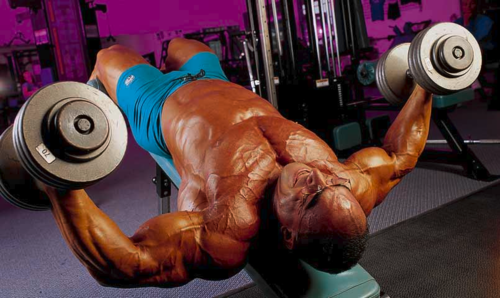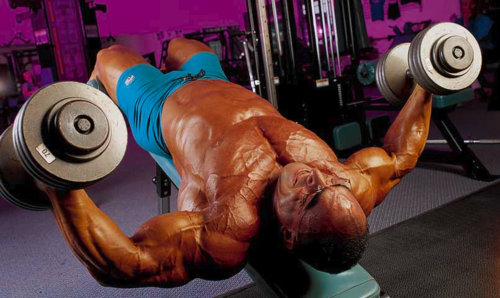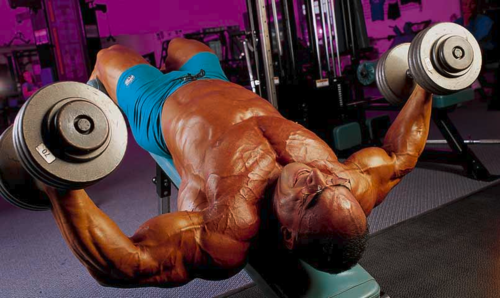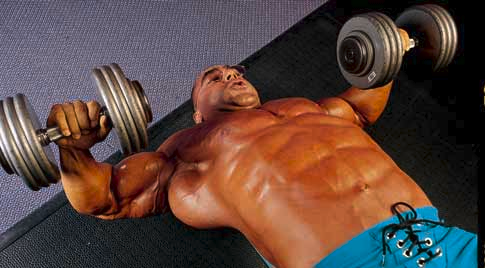IGF-1 or Insulin like Growth Factor 1, is a protein encoded by the IGF-1 gene and it is similar to the molecular structure of insulin. It contains seventy amino acid polypeptides that are produced by the liver and endocrine hormone. IGF-1 has many effects on the body. When in balance… It does a body good! But when out of balance it can cause many repercussions to the body.
IGF-1 supports cellular division and growth to the muscles and organs. IGF-1 automatically begins being produced at birth. This is one of the major factors in height and muscle growth throughout childhood and puberty. Some people, however, are born without the correct amount of IGF-1 production and that can lead to dwarfism, or in some cases have synthetic IGF-1 therapy.
IGF-1 helps in repairing nerve damage, which can aid in many different areas of the brain, cardiovascular, circulatory systems and my favorite anti-aging. It helps to reduce body fat because it halts insulin from moving glucose through the body, resulting in the body using fat as a source of energy instead of glucose.
IGF-1 also plays a role in cell repair to the brain, heart and of course muscles. New developments have shown that IGF-1 helps in the development of new muscles by igniting human stem cells. It also plays a role in muscle regeneration, due to cell repair. It also, increases the number and size of cells in the body. It helps to reduce the amount of muscle loss, and in turn aids in muscle growth, as mentioned before. It is due to all of these reasons synthetic IGF-1 is of the hottest muscle building products and anabolic steroids on the market today.
One must be careful not to have too much supplemental IGF-1 in the body or side effects can occur. When too much synthetic IGF-1 is present one can experience jaw pain, facial, hand, and heart swelling. Heart swelling can lead to higher blood pressure and heart failure. Synthetic IGF-1 stays in the body longer than natural IGF-1 and because IGF-1 produces growth cells it can lead to muscle and organ overgrowth. References to bodybuilders and power lifters with abnormally large stomachs have been linked to overuse of IGF-1 because their internal organs have grown too large. Lastly, if free roaming IGF-1’s stay in the body too long there has been evidence to show that it can produce different cancers.
So, in a nutshell, IGF-1 is a great hormone that your body produces naturally. It is an amazing compound that helps with cellular growth and repair throughout the body. It helps our bodies grow to their natural state as well as aids in the building and repairing of muscles. But one must be careful when using synthetic IGF-1 for bodybuilding purposes, not to over do it. In my opinion the side effects of overuse do not outweigh the results. Again, the saying “You can’t have your cake and eat it too!” comes to mind.
IGF-1 supports cellular division and growth to the muscles and organs. IGF-1 automatically begins being produced at birth. This is one of the major factors in height and muscle growth throughout childhood and puberty. Some people, however, are born without the correct amount of IGF-1 production and that can lead to dwarfism, or in some cases have synthetic IGF-1 therapy.
IGF-1 helps in repairing nerve damage, which can aid in many different areas of the brain, cardiovascular, circulatory systems and my favorite anti-aging. It helps to reduce body fat because it halts insulin from moving glucose through the body, resulting in the body using fat as a source of energy instead of glucose.
IGF-1 also plays a role in cell repair to the brain, heart and of course muscles. New developments have shown that IGF-1 helps in the development of new muscles by igniting human stem cells. It also plays a role in muscle regeneration, due to cell repair. It also, increases the number and size of cells in the body. It helps to reduce the amount of muscle loss, and in turn aids in muscle growth, as mentioned before. It is due to all of these reasons synthetic IGF-1 is of the hottest muscle building products and anabolic steroids on the market today.
One must be careful not to have too much supplemental IGF-1 in the body or side effects can occur. When too much synthetic IGF-1 is present one can experience jaw pain, facial, hand, and heart swelling. Heart swelling can lead to higher blood pressure and heart failure. Synthetic IGF-1 stays in the body longer than natural IGF-1 and because IGF-1 produces growth cells it can lead to muscle and organ overgrowth. References to bodybuilders and power lifters with abnormally large stomachs have been linked to overuse of IGF-1 because their internal organs have grown too large. Lastly, if free roaming IGF-1’s stay in the body too long there has been evidence to show that it can produce different cancers.
So, in a nutshell, IGF-1 is a great hormone that your body produces naturally. It is an amazing compound that helps with cellular growth and repair throughout the body. It helps our bodies grow to their natural state as well as aids in the building and repairing of muscles. But one must be careful when using synthetic IGF-1 for bodybuilding purposes, not to over do it. In my opinion the side effects of overuse do not outweigh the results. Again, the saying “You can’t have your cake and eat it too!” comes to mind.

